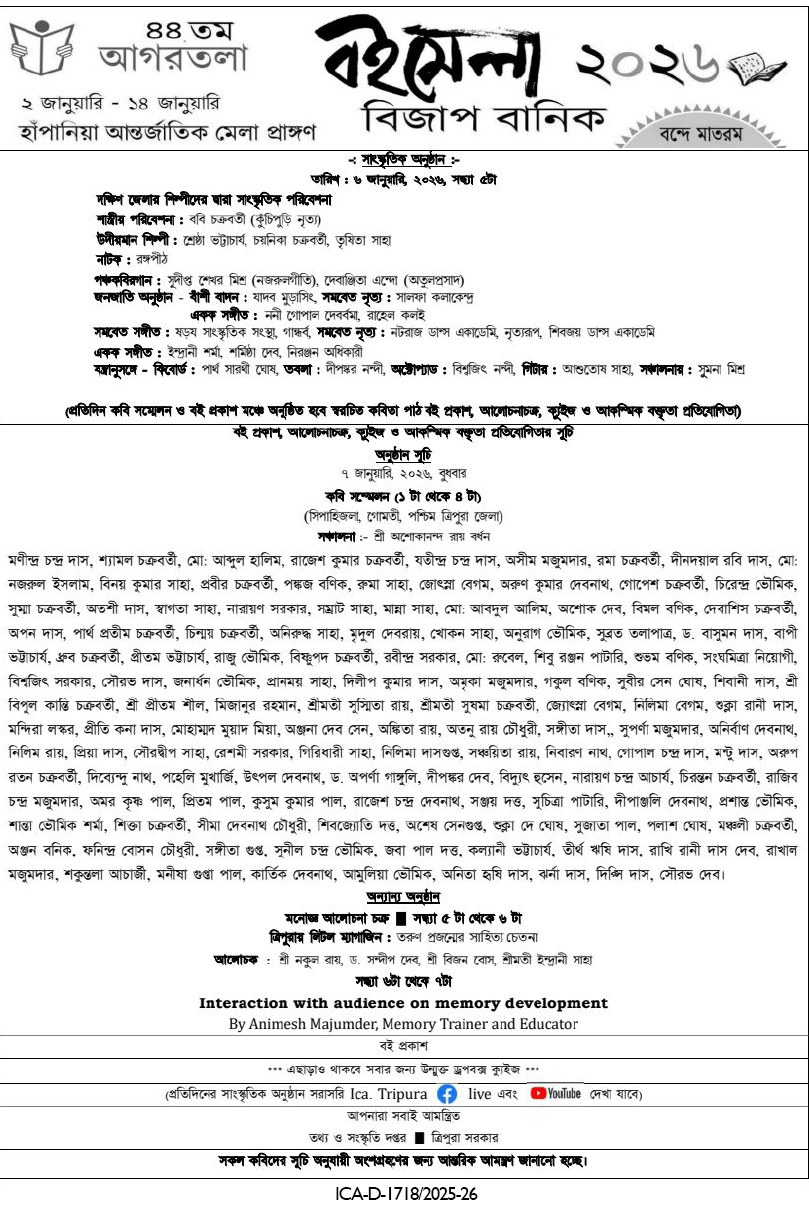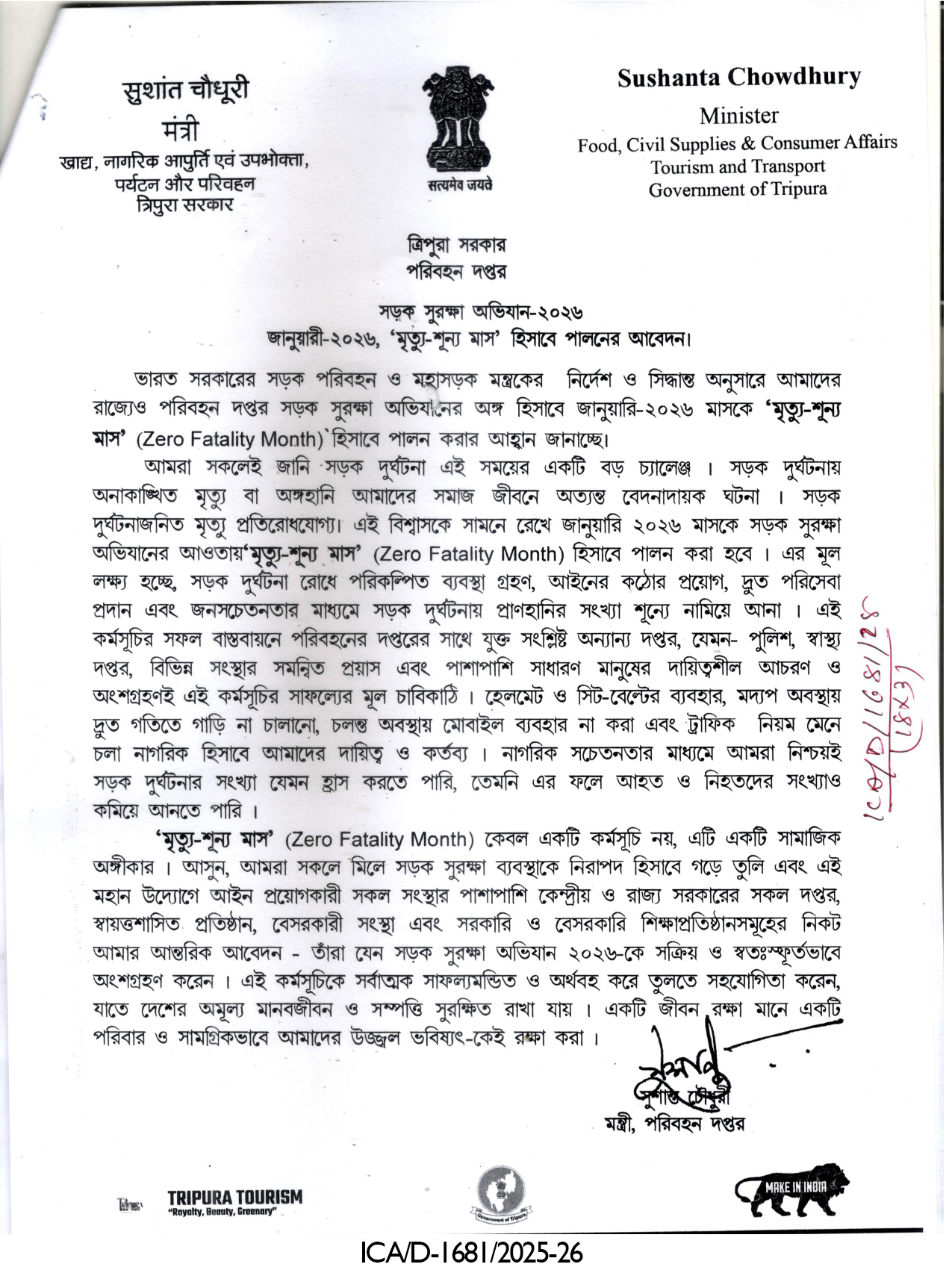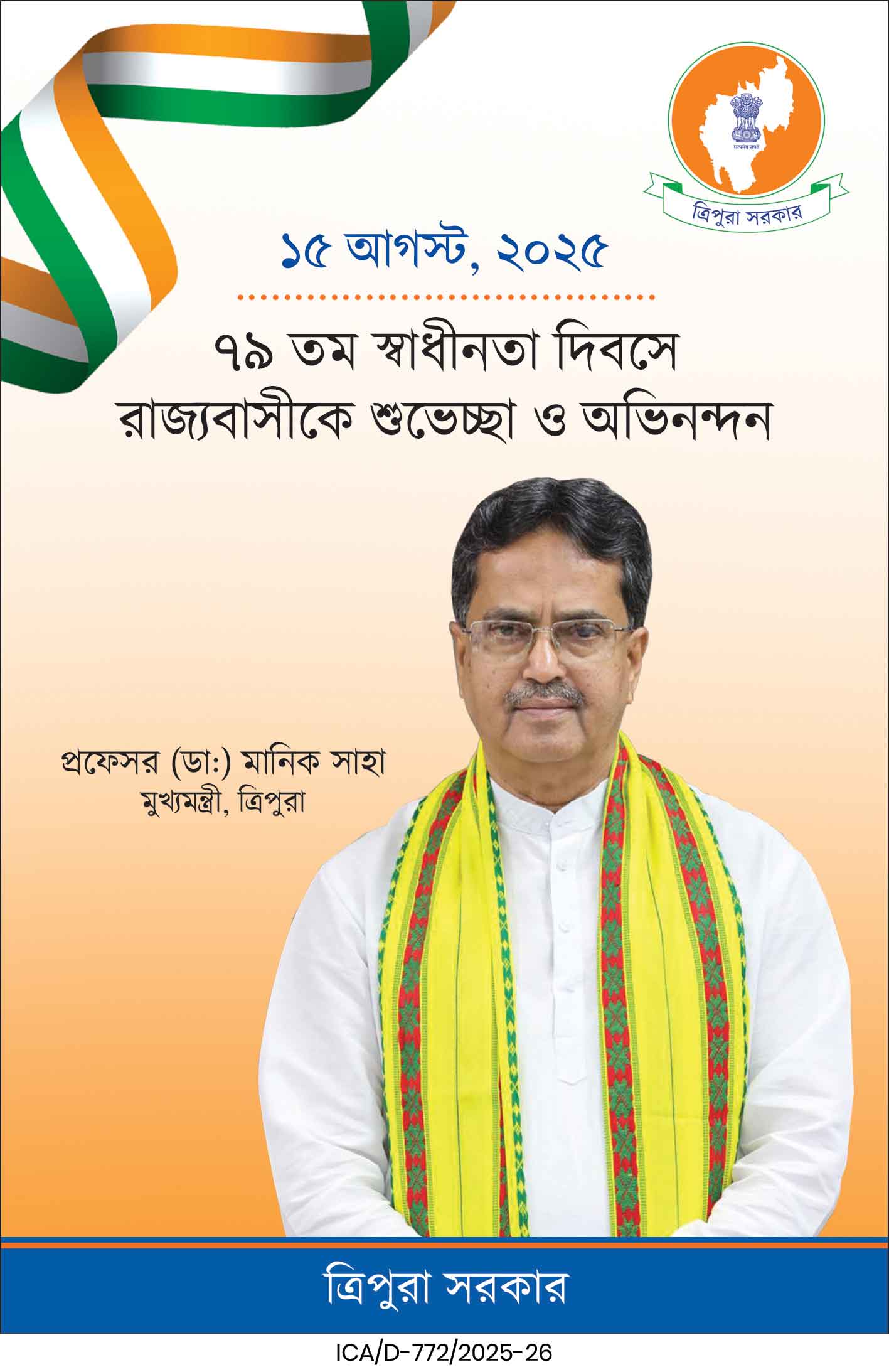All districts in Mizoram, Sikkim, and Tripura have attained ‘Front Runner’ status in NITI Aayog’s NER District SDG Index 2023–24. The report highlights regional development, zero aspirant districts, improved indicators in Assam, and consistent performance across northeastern states, marking progress toward India’s Viksit Bharat 2047 vision.
All districts in the northeastern states of Mizoram, Sikkim, and Tripura have been classified as ‘Front Runners’ in the North Eastern Region (NER) District Sustainable Development Goals (SDG) Index 2023–24. This achievement marks a remarkable improvement in developmental indicators across these states, as released in the second edition of the report by NITI Aayog on Monday.
The NER District SDG Index, developed by NITI Aayog in collaboration with the Ministry of Development of North Eastern Region (MoDoNER) and supported technically by the United Nations Development Programme (UNDP), measures the progress of 121 districts across eight northeastern states—Arunachal Pradesh, Assam, Manipur, Meghalaya, Mizoram, Nagaland, Sikkim, and Tripura—on key social, economic, and environmental parameters.
According to the index, Mizoram’s Hnahthial district secured the highest score of 81.43, while Longding in Arunachal Pradesh recorded the lowest with 58.71. Notably, no districts from Mizoram, Sikkim, or Tripura fell into the ‘Aspirant’ or ‘Achiever’ categories, meaning none are underperforming or have completed the set targets, but all are performing strongly toward the SDG goals.
The classification is based on a score range:
Achiever: Score = 100 (targets achieved),
Front Runner: Score between 65–99,
Performer: Score between 50–65,
Aspirant: Score below 50.
Consistent Performance Across Northeastern States
Sikkim demonstrated exceptional consistency, with the smallest range (just 5.5 points) between its highest- and lowest-scoring districts. This reflects balanced development across all its districts.
Tripura, too, showed high scores with low intra-state variation (6.5 points), marking uniform progress. Mizoram, while scoring high in several districts, displayed some variation (13.72), similar to Nagaland (15.07), which now has three districts among the top 10 performers in the region.
Meanwhile, Assam has shown noticeable progress, particularly in areas like Zero Hunger, Quality Education, Clean Water and Sanitation, and Decent Work and Economic Growth.
A Step Toward Viksit Bharat 2047
NITI Aayog Vice Chairman Suman Bery emphasized that reaching intermediate milestones like the SDGs by 2030 is essential for achieving India’s broader vision of Viksit Bharat by 2047. He called the index a critical tool for tracking progress and identifying actionable policy areas.
NITI Aayog CEO B.V.R. Subrahmanyam recalled Prime Minister Narendra Modi’s reference to the Northeast as the “Ashta Lakshmi” of India—symbolizing the eight northeastern states—and highlighted their key role in India’s growth trajectory.
Chanchal Kumar, Secretary, MoDoNER, underscored the utility of the index in identifying developmental gaps and informing better policy decisions. Dr Angela Lusigi, UNDP Resident Representative, echoed this, saying that data must lead to concrete actions that improve human development outcomes.
An Index That Informs Policy
The SDG Index serves as a vital tool to monitor district-level development, helping governments deploy resources more effectively. The data-driven framework focuses on improving governance across sectors such as education, health, employment, sanitation, and climate action.
The report reflects the commitment to inclusive development that “leaves no one behind,” aligning with the UN’s 2030 Agenda for Sustainable Development.
| Also Read: Tripura Finance Minister demands extra grant for ADC infrastructure |
The consistency in progress across northeastern districts also validates the increasing attention and investment being directed toward the region by both state and central governments.
As India prepares for its centenary of independence in 2047, the SDG index underlines how the northeastern states—once viewed as developmentally lagging—are now setting an example for the rest of the country through balanced, equitable progress rooted in measurable outcomes.







